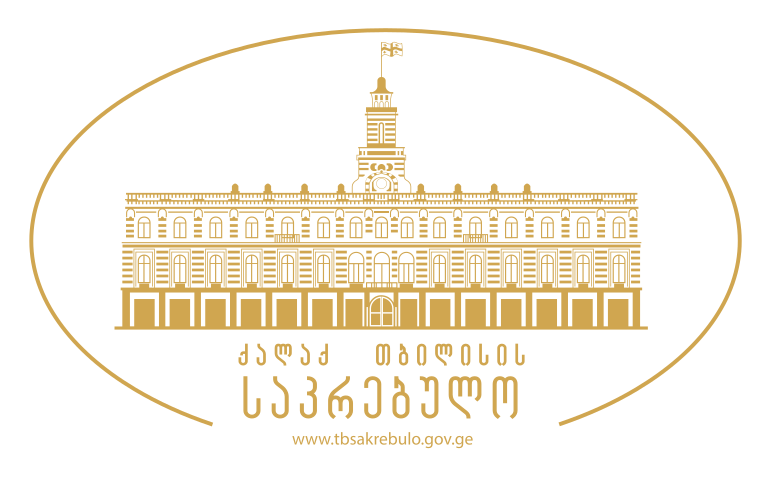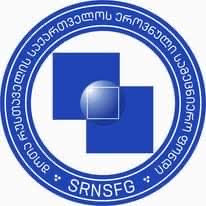001 - Art Criticism and Creation in European Literatures
Group session proposed by the European Society of Comparative Literature
The ekphrasis is the primary example of the presence of a pictorial work in literature. Since Homer’s well-known example, European literature have presented countless examples of such a presence of painting in literature. Words and images have various relationships: the image can be a symbol in the literary work, literature can become art criticism, as in Zola, or express a conception of art and creation, as in Wilde.
The presence of a graphic work in a literary work raises the question of the boundaries between criticism and creation, boundaries already discussed by the Schlegel brothers and later by Baudelaire. This postulated unity between criticism and creation is based on the presupposition of a union of human faculties, imagination and reason, and also has implications through the theory of correspondences and the very notion of symbol.
Finally, literary and graphic works can be combined to give rise to a composite creation, as in Blake’s or in Magritte’s case, and the literary work can also become graphic, as in the calligram. The image can then take its place in the literary work in the form of an illustration, as in the example of Nerval’s translation of Goethe’s Faust, illustrated by drawings by Delacroix. The illustration then holds a similar position towards Nerval’s text as Nerval’s translation does towards Goethe’s text and becomes, in a way, a transposition of the text.
This workshop, organised by the European Society of Comparative Literature, will consider the different possible relationships between literature and graphic works and the different possible functions of the literary work with regard to the graphic: from art criticism or theoretical discourse on art, the literary work can become a transposition or a recreation of the graphic work.
The workshop is open ; it will consist of papers of 20 minutes each.
Key words : graphic work ; art criticism ; european literatures ; illustration.
Congrès de l’AILC 2022
Proposition d’atelier
Sous-thème :
« Mots et images traversant les frontières littéraires et critiques »
« Critique d’art et création dans les littératures européennes »
Atelier proposé par la Société Européenne de Littérature Comparée
L’ekphrasis est l’exemple premier de la présence d’une œuvre picturale dans l’œuvre littéraire. Depuis l’exemple bien connu d’Homère, les littératures européennes présentent d’innombrables exemples de présences de la peinture dans la littérature. Les mots et les images entretiennent alors divers types de relations : l’image peut être symbole dans l’œuvre littéraire, la littérature peut devenir critique d’art, comme chez Zola, ou exprimer une conception de l’art et de la création, comme chez Wilde.
A travers la présence d’une œuvre graphique dans l’œuvre littéraire se pose alors la question des frontières entre critique et création, frontières discutées déjà par les frères Schlegel comme plus tard par Baudelaire. Cette unité postulée entre critique et création repose sur le présupposé d’une union des facultés de l’homme, imagination et raison, et comporte également des implications à travers la théorie des correspondances et la notion même de symbole.
Enfin, œuvres littéraires et graphiques peuvent se combiner pour donner lieu à une création composite, comme chez Blake ; l’œuvre littéraire peut enfin devenir graphique, comme dans le calligramme. L’image peut alors prendre place dans l’œuvre littéraire sous la forme de l’illustration, comme dans l’exemple de la traduction du Faust de Goethe par Nerval, illustrée par des dessins de Delacroix. L’illustration tient alors à l’égard du texte de Nerval une position similaire à celle de la traduction de Nerval à l’égard du texte de Goethe et devient, en quelque sorte, une transposition du texte.
Cet atelier, organisé par la Société Européenne de Littérature Comparée, se propose d’envisager les différents rapports possibles entre littérature et œuvre graphique et les différentes fonctions possibles de l’œuvre littéraire à l’égard graphique : de critique d’art ou de discours théorique sur l’art, l’œuvre littéraire peut devenir transposition ou recréation de l’œuvre graphique.
L’atelier, ouvert, consiste en communications de 20 minutes.
Mots-clés : œuvre graphique ; critique d’art ; littératures européennes ; illustration.
The Project was supported by Shota Rustaveli National Science Foundation of Georgia (SRNSFG) [grant number MG-ISE-22-170]

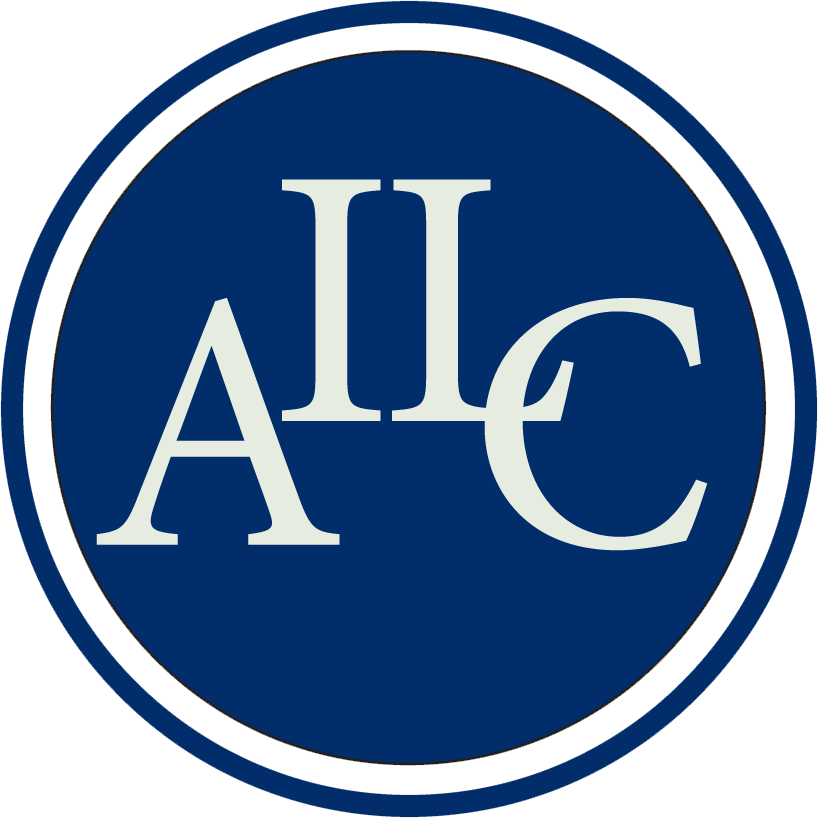
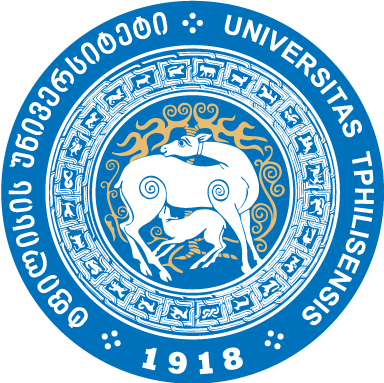
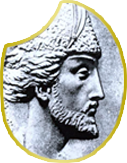
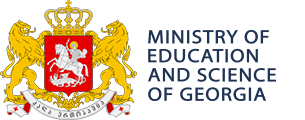
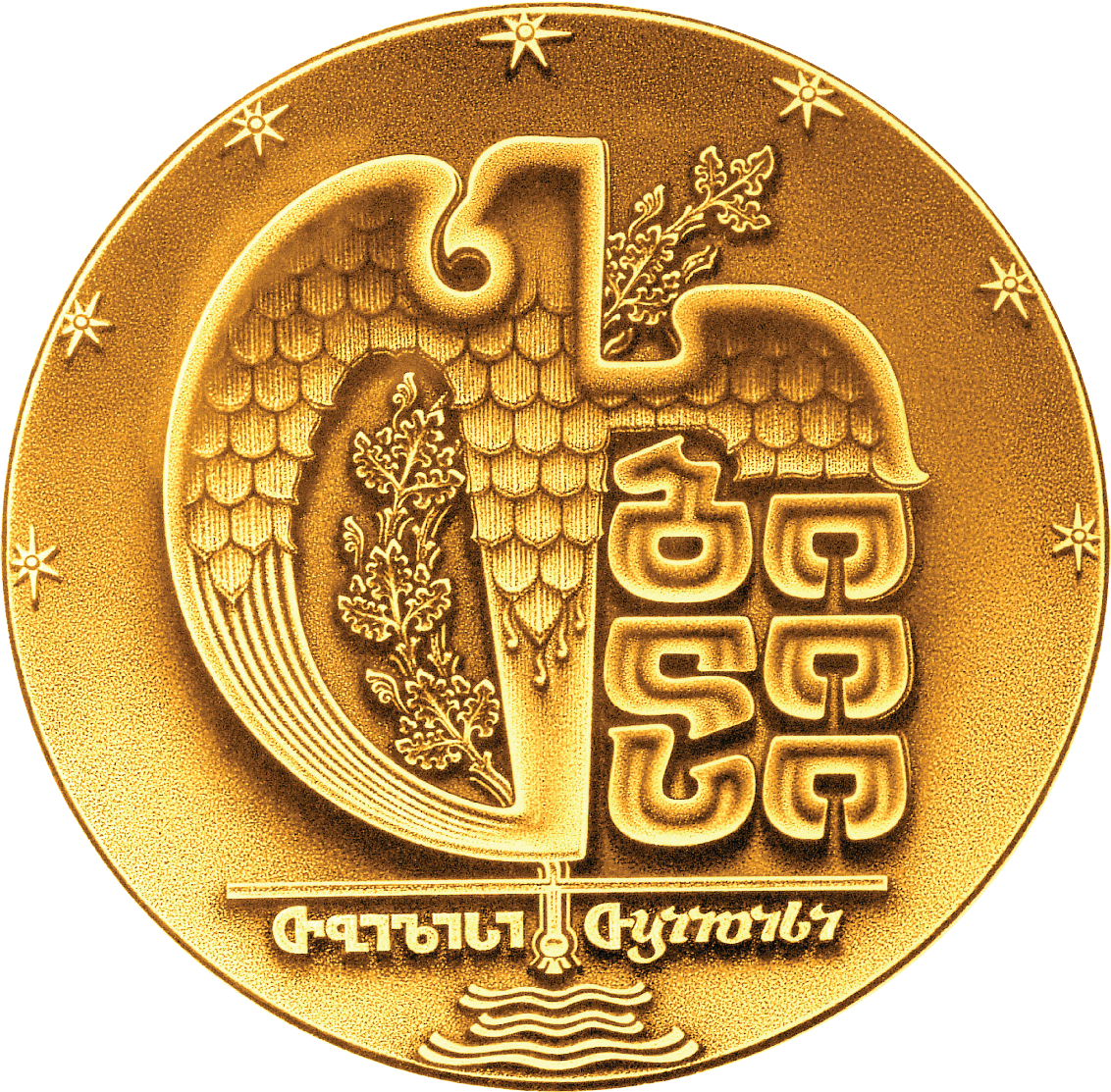
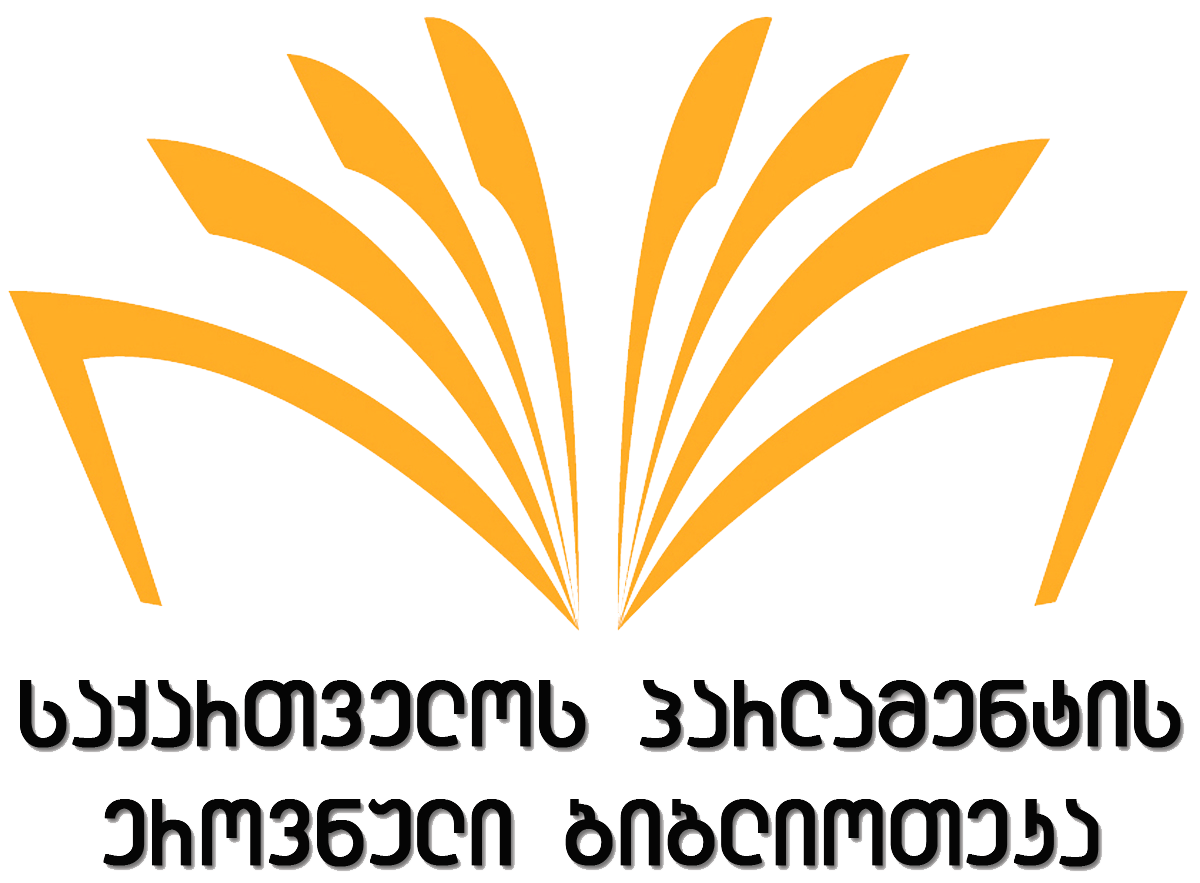
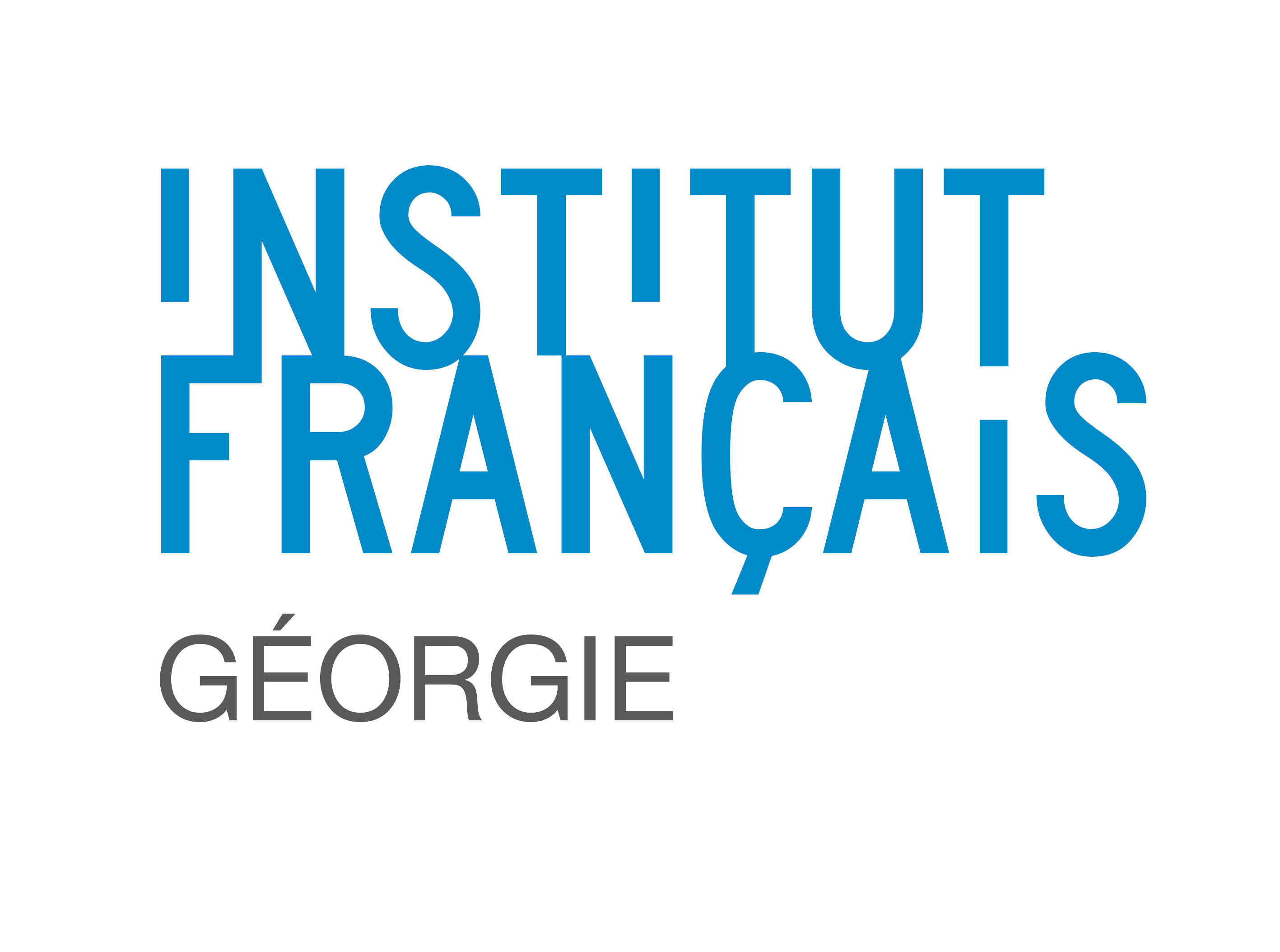


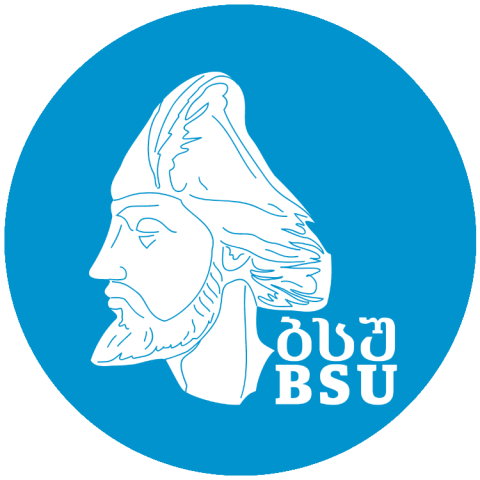

_001.png)

